How To Tell Terrific Stories With Your Photos
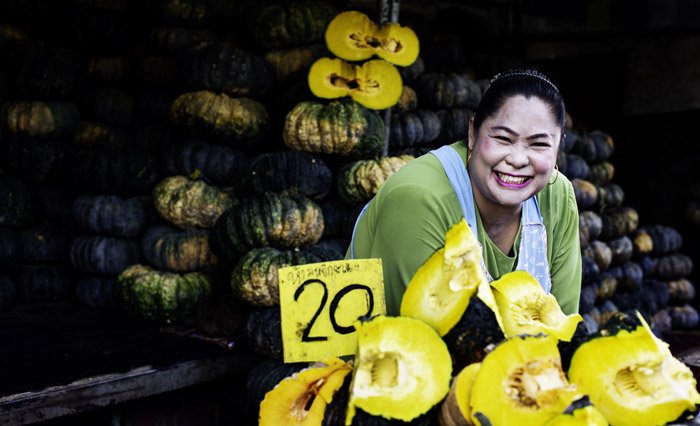
by
Kevin Landwer-Johan
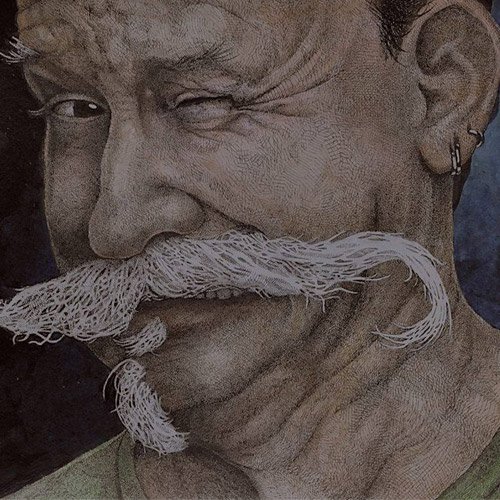
Everybody loves a good story. But how do we tell stories with photos that people will love?
In this article I will teach you the essentials of storytelling in photography.
Nobody knows who told the first story, or when it happened. The earliest evidence of storytelling is visual. It’s believed the oldest cave drawings were made about 40,000 years ago. People used pictures to help them communicate, long before written languages evolved. Now people love to tell stories with photos.
Telling a story with photos remains a powerful means of exchanging ideas and information. Of connecting with people.
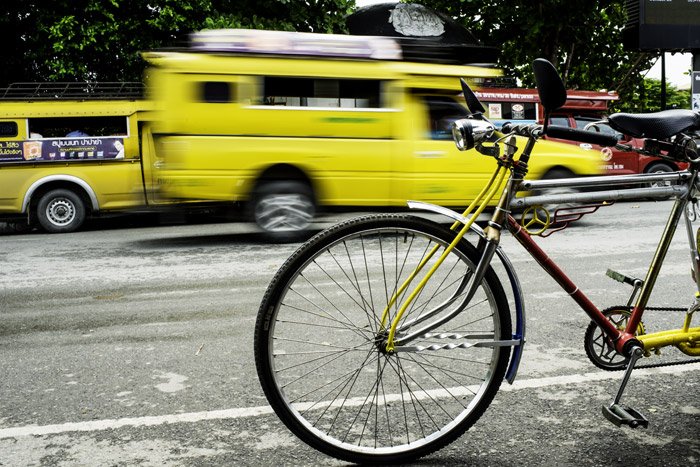
Why Take a Series of Photos That Tell a Story?
A good writer compels you to keep reading by crafting their sentences well. Strong pictures that tell a story capture people’s attention. And hold it. Photos that make you think make you hungry to know more. This is why it’s good to think about telling stories with your photos.
It’s said that a photo is worth a thousand words. The length of an article or blog post. With that number of words or a solitary image, you can only say so much. Compiling a series of photos as a story is more like authoring a book, (but doesn’t have to take so long.)
Singular photographs are limited in the message they deliver. When a photographer creates multiple related images layers of story can emerge. Style, intention and confidence are expressed more evidently with a series of photos that tell a story.
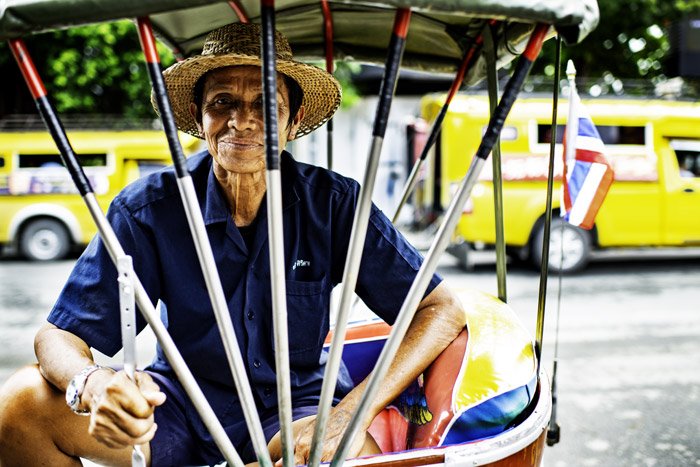
Planning How To Tell Stories With Your Photos
Whether you’re constructing a building, starting a business or writing a biography, you need a plan. Starting without a plan usually results in a mess. Being prepared at the outset you have a greater expectation of finishing well.
Telling a story with photos is no different. Nothing so rigid as a blueprint is necessary. A series of photos that tell a story can be more abstract and loose. But having some structure will help people who view your photo story to follow it’s thread.
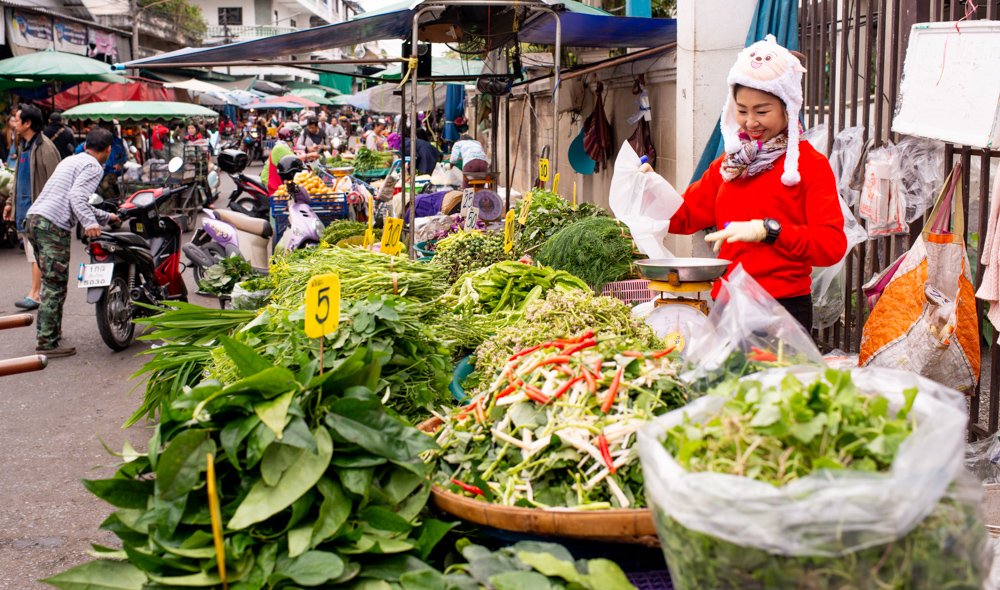
Producing Videos
I’ve produced videos for many years. Most of my clients are non-profit organizations. They help the poor, undereducated and displaced. My videos tell the story of the work they do to help the marginalized.
I like to work with a script. It provides structure and a guideline for the video clips I’ll need to best illustrate the story. Without seeing a script or guideline first it’s difficult to know how the narrative will play out.
A series of photos that tell stories does not need to be so tight as this. You might make a photo story with photos you’ve previously taken with no intention of compiling. But at some point you’ll need to arrange your photography series ideas. Your story will be better expressed if you do.
Concentrate on Your Subject
Break down your subject to the essentials and use this as your root. Then your story will grow organically. Treat each photo as a chapter. Build them one upon another. You can draw your viewer deeper by creating a narrative with your pictures.
You may like to use the classic written story construct which contains a beginning, middle, and an end. This will work better for some stories than others. Any story running along a timeline can be strengthened by having this framework. A ‘day in the life’ type story will often benefit. More abstract themes will need a looser approach.
Take your time. Great photographs are rarely taken by a photographer in a hurry. Hectic activity clouds clarity and creativity.
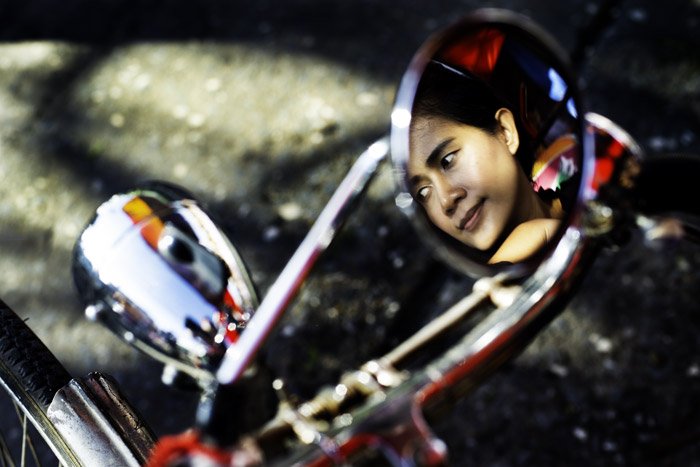
Give Yourself a Time Frame
You don’t need a strict deadline. But deciding how long you’ll work on your photography series will help keep you on track.
Some subjects will be well suited to a drawn-out timeline. Starting with the end in mind will help you maintain more structure.
Creating a series of photos that tell a story does not have to be a finite undertaking. If you’re planning a longer-term story project, set yourself periodic goals. Take time to review your progress once a week or once a month. Then set another goal for the next stage. Think about how to tell stories with your photos.
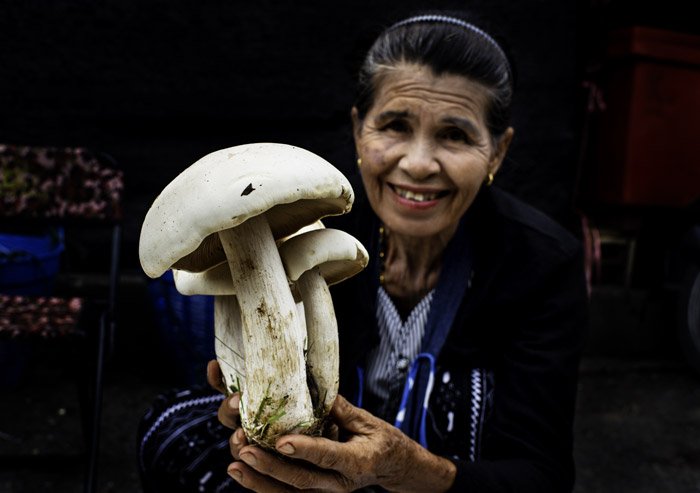
Choose What To Photograph For Your Story
Write a list of photography series ideas. Start with broad concepts and then refine them. Choosing a topic like ‘flowers’ is too big and indefinite. ‘Grandma’s Roses’ or ‘Seasonal Flowers in the Park’ are more practical ideas to build a photo story around.
Jot down thoughts as they come to you. Maybe you’ll opt to photograph a concept or theme rather than a specific subject. Keep in mind the value these things will have as a series of photographs curated together to tell a story.
What interests you? Think about what do you enjoy? Consider what do you care about? Endeavoring to tell a photo story on a topic you have no interest in will be hard work. You don’t need a burning passion for your topic, but having a healthy curiosity will set you out on the right path.
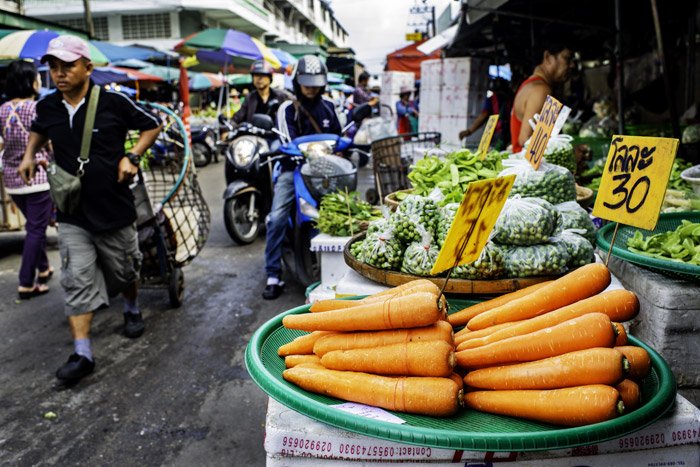
Do Your Homework
Don’t go in cold. Even if you know your topic well, spend some time to carry out research. Knowing and understanding your subject well means you’ll take more interesting photographs of it.
The cohesion of your narrative strengthens as a result of your expertise. As you research your topic and your understanding broadens, you will see fresh aspects of it. Build your new knowledge into how you perceive your subject. This will enable you to construct a more meaningful series of photos that will make people think.
Scrutinizing a topic is easier than ever. The internet contains more information on most things than you’ll need to know. Pull together relevant material fitting the story you have to tell. Follow interesting tangents that may appear along the way, but don’t get distracted by them. Evaluate their relevance to helping you make powerful pictures that tell a story.
Read a lot about your subject. If you have time, read both nonfiction and fiction on the topic. Are there research or white papers written that can help you? Dig into history. Look to the future. Read predictions people are making about your subject. The more variety you can read the more learned you’ll become. The more interesting photographs you will take.
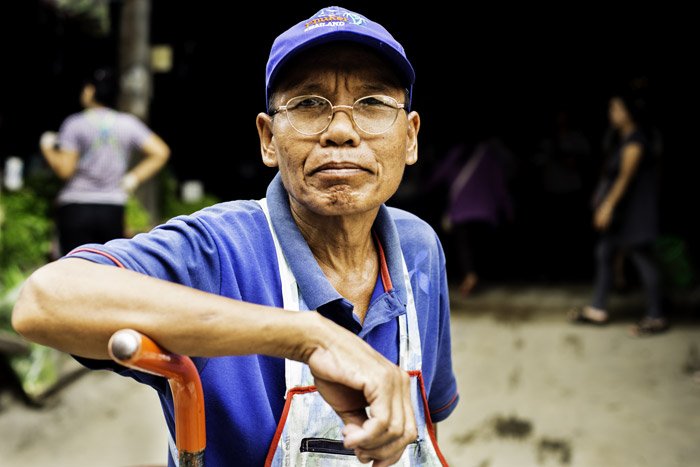
Decide How Many Photos
How many photos your story will include ties in with the narrative. Using the structure you have created for your story will help you know how many pictures you want to use to tell it.
Do you want ten, twenty, one hundred or many hundreds of images included in the story you’re telling with photos? Deciding roughly the number of pictures will serve as a guide to how many you will need to take.
Think about the percentage of your photos you consider ‘keepers’. Use this as a guide. You may find over time you’re taking more keepers than you typically do. This can happen because your attention is more focused on one topic.
Remain flexible. If you find you need more photos to clarify your theme, then take more. Maybe you’ll reach a point where you have enough, but have not met the target number you set yourself. Stop. There’s often no point in continuing to take photos for the sake of it.
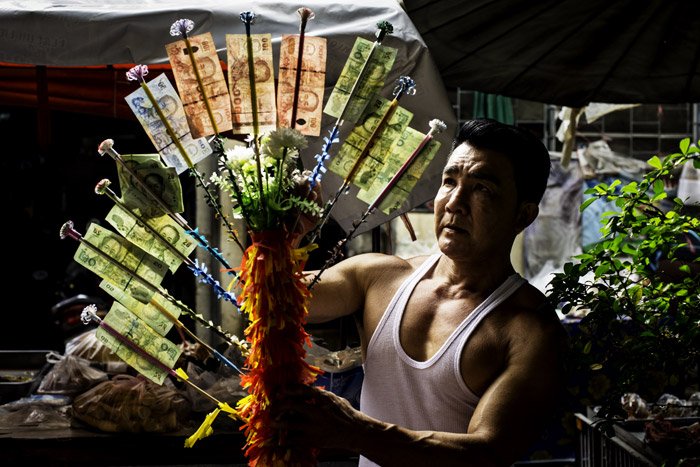
Taking Powerful Pictures That Tell A Story
Approach taking the photos as though you’re working for a magazine editor. You must deliver to them a series of photos that tell a story. You must illustrate your topic in such a way the editor will be confident readers will understand and enjoy your pictures.
Imagine your photos laid out across multiple pages of a glossy print or online magazine. Dream about how you’d like them to be presented. Who will see them? What will they say to people? How will people perceive them?
Thinking about where you’d most like to see them displayed can help motivate you to take more creative photographs. What’s your favorite magazine or website? Produce your photo story in such a way you’d be proud to see it published.
You could even include a phone call or email to the editor of this publication in your research stage. Ask them about their guidelines for picture stories. You never know what might happen.
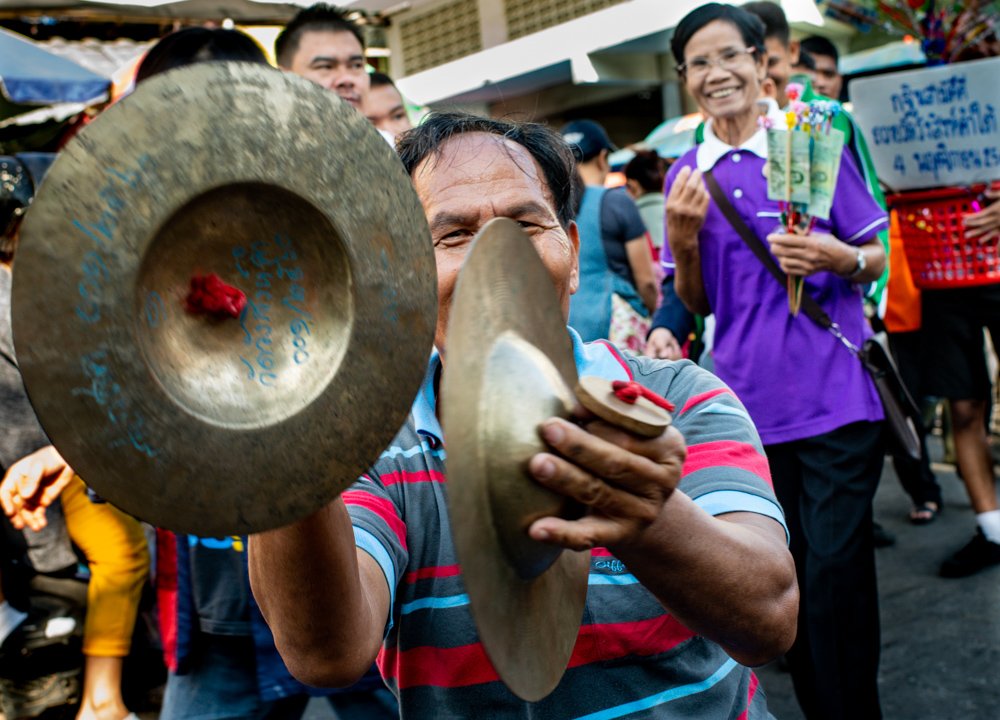
Essential Composition Variation
I am hooked on my 35mm f/1.4 lens. It’s usually on my camera. I like it so much because, on my full-frame camera, it’s field of view is like how we see. Using a fixed (prime) lens does not limit me to the same style of composition for every photograph.
It’s important when telling a story with photos to include a variety of composition styles. Having all the images in your story composed in a similar manner can make it monotonous. But you don’t need to change lenses to achieve an assortment of compositions if you don’t want to. Do be aware of including an interesting mix of:
- Wide
- Close-up
- and Medium photos.
For filmmakers, this is industry standard practice. Combining these three composition styles has its roots in the silent movie era. For anyone engaged in telling a story with photos, this is essential to implement well.
Incorporating these three styles allows you to manipulate the way people understand your story. By mixing up wide, medium and close-ups you can include and eliminate aspects of the subject material you’re photographing. Doing so will control what people see and what they do not see.
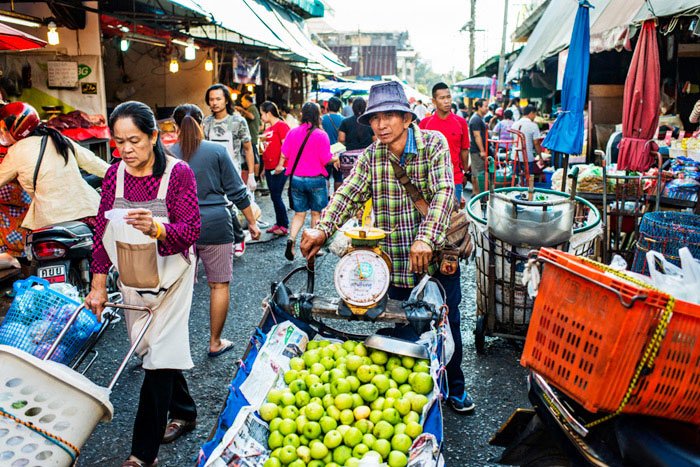
Wide
The establishing scene is often a wide view. This gives the audience a broad impression of where your story happens. Showing the location will help the viewers have a sense of place in your story.
Remember, there are no rules. You do not have to open with a wide photo. You may opt to use a close up with rich details to entertain people’s inquisitive nature.
Wide photos include more detail. From side to side and top to bottom of your frame, a great amount of information can be included. Using one main subject in a wide-angle photo should hold people’s attention and entice their curiosity. You want them to want to know more.
If your wide photos contain too much detail this can be confusing. Careful composition is key. What you exclude from a wide photo is as important as what you choose to include. Make sure to fill your frame with what is relevant to the story you are telling. If elements within your frame are trivial use some technique to eliminate them.
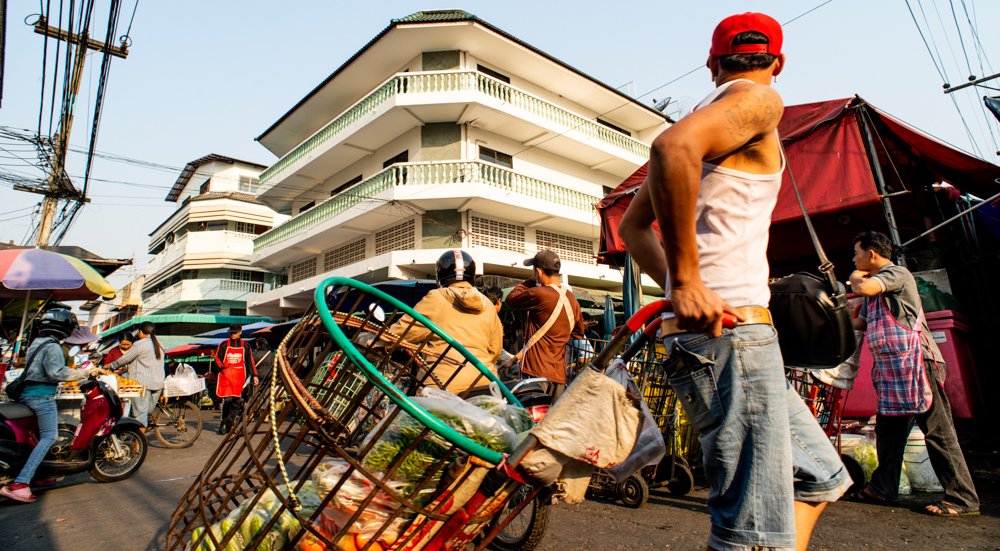
Use Any Lens
Naturally, a wide-angle lens is chosen to create wide photos. But you can use any lens. With a standard or tele focal length you will need to move back further to include the whole area. Different optical characteristics of wide, medium and close-up lenses will affect the way your photos look.
Captured with a wide-angle lens they are more likely to have more content in focus. The depth of field in photos taken with wide lenses appears greater. More of the pictures are in clear focus. So the details are crisper. This allows people to perceive more of what you’ve photographed. But it can also be overwhelming if you’re not careful enough with your composition.
Mindful control of your aperture setting allows you to manage the depth of field. Find a balance in how sharp you want elements around your main subject to appear. This is one reason I love my 35mm lens. It’s widest aperture of f/1.4 gives me so much flexibility with how much of the image remains sharp or blurred.
Storytelling with photos is strengthened when you include wide photos throughout your narrative.
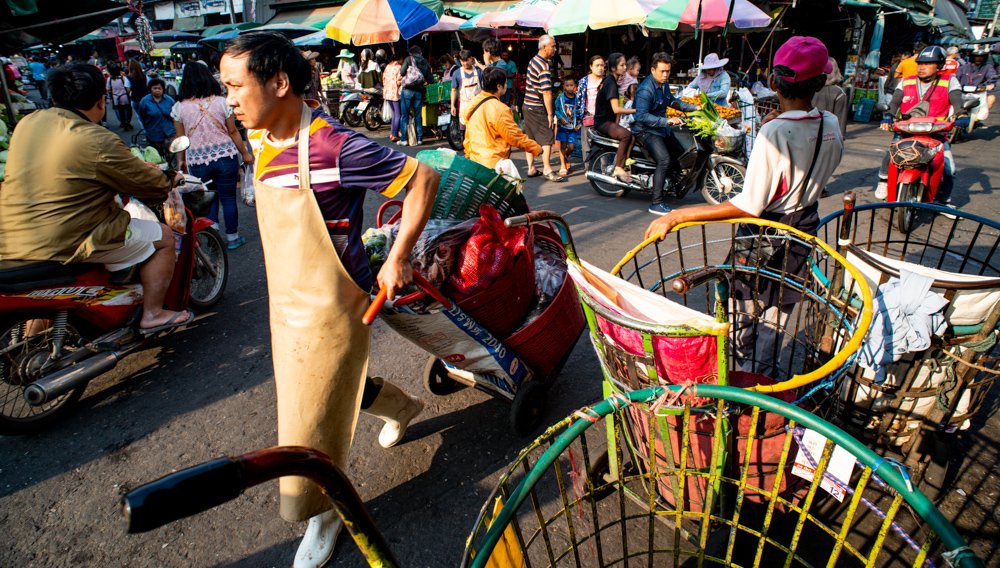
Close-Up
Exposing detail by coming in close with your camera shows people more of how your mind works. Viewing the world naturally we rarely study the details of the scenes we see. Not the way we are able to with our cameras.
You’re able to get in and frame the most interesting and visually appealing aspects of your story. It’s in these details you can set the feel of your photography story. An author will explain in great detail certain characters and locations to help guide the reader. You must do the same with detail in your visual stories. Use close-up photos to enhance what you find most interesting about your subject. And what you want your audience to notice most.
Close-ups infuse your story with more emotion if used well. They do not show the subject in the broader context of its surroundings. Drawing attention to detail this way can help you communicate what you want to emphasize.
But overuse of close-ups when you’re telling a story with photos can leave viewers with a sense of uncertainty. Seek to include a balanced number of detail photos in your mix of compositions.

Medium
Medium framing of a subject is what photographers often concentrate on most. They contain less detail than the close-up and fewer elements than a wide photo. Some detail and some context can are in medium compositions.
There’s no hard and fast definition of a medium photo. Think of it as photographing half a person, rather than the whole. Including the whole person, their facial expression will not be so obvious, but their context will. Coming in a little closer will capture more of their character. But this framing can sacrifice information concerning circumstance.
A medium photo in a garden might include a single rose bush as the main subject. Surrounding it will be other plants in the garden, but not show the full context. For a still life composition it will show what’s on the table, but not the whole room.
Use medium framing to build the body of your photo story. Balance character and context to lead your viewers through the narrative you are creating.
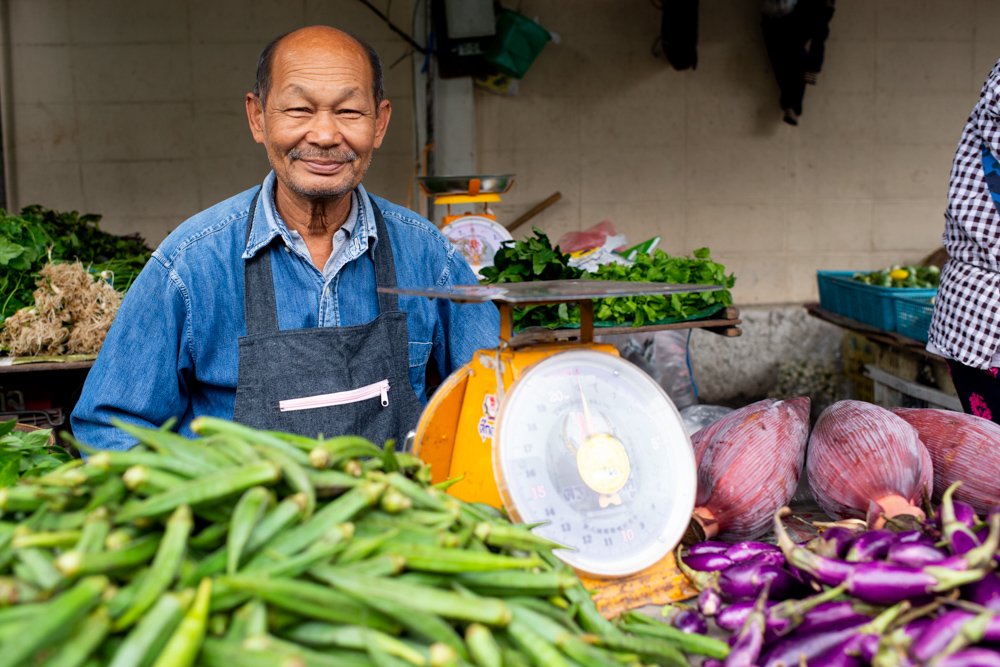
Lens Focal Length and Composition
How focal length affects composition is a big wide subject all on its own. I’ll touch on it here because it’s important to be aware of how you can use various focal lengths to create wide, close-up and medium photos.
Release your mind from thinking your need a medium lens for a medium composition. Likewise, a wide image can be made with a telephoto or a medium lens just as you can use a wide lens for close-ups. Remember, there are no hard and fast rules.
Filling your frame is what counts. Being aware of what’s bounded within the four edges of your composition will help you create stronger photographs. What’s visible changes as you alter your focal length.
The wider lens you use, the more your composition includes, no matter how close or how far you are from your subject. Getting in close with a wide lens you’re more likely to encounter some distortion in your images. Be careful with this as it can alter the feel of your photos. Subjects distorted by a wide-angle lens can appear somewhat unnatural and surreal. They can leave the viewer feeling a little uneasy or can introduce humor.
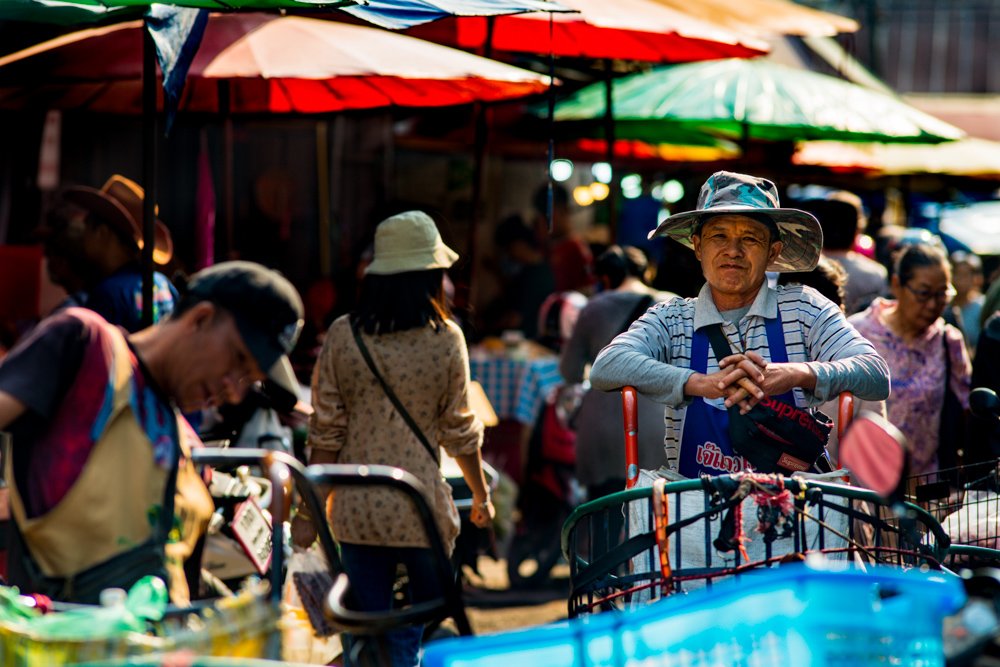
Using Longer Lenses
Telephoto lenses tend to compress the elements in a composition. Things appear as though they are closer together on the two dimensional surface of a photograph.
The longer your focal length, the less you will see in sharp focus at any given aperture. A 200mm lens set at f/5.6, for example, will display a shallower depth of field than a 20mm lens at f/5.6. This is partly because you’ll be framing a much narrower field of view if you keep your main subject the same size in your viewfinder.
In this video cinematographer, Newton Thomas Sigel expands on this subject and demonstrates it very well.
Experimentation with different focal length lenses is the key to knowing how to use them well. Practice for a day taking photos only using a single focal length. Do this a few times with different focal lengths.
Get in close and stand further back than you normally would. Study the results and compare a wide composition taken with a telefocus lens and a wide lens. Look at the differences when you get in close with a medium lens or a wide lens.
Mixing up your use of focal lengths will help you produce more powerful pictures that tell a story.
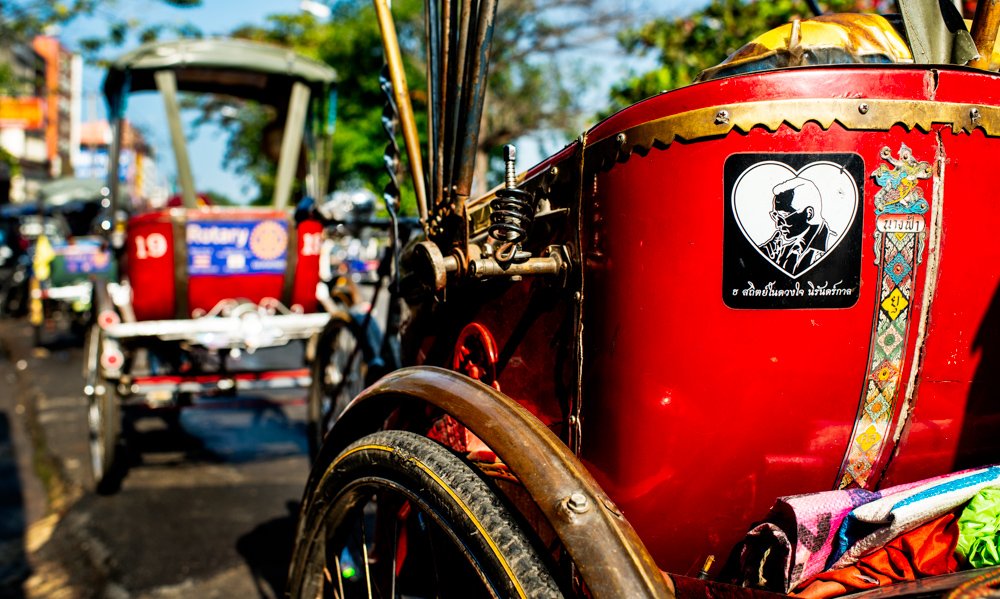
Create Photos That Make People Think
Take more than what’s standard. When you see something you want to photograph never take a photo from only one point of view. The first photo you take will be the most obvious. Anyone can do that.
Even the second photo may not be so unique. Press yourself to see your subject from a more interesting perspective. Move around. Up, down, sideways. Physically change your position and you’ll start to see your subject differently.
Look at what’s in the background, then move 90°. The background has changed. Moving only slightly can help improve your composition dramatically. Shift your thinking to do more than the obvious or classic. Don’t copy what others have done because it’s worked. Do it better.

You Unique Worldview
Your view of the world is unique. Bring your experience to your photography and express it in the way you compose. Emphasize what you find attractive. Show what you care about. Be mindful of what you’re thinking and feeling about when taking photographs. This will help infuse your photographs with style.
Think about how you can portray your topic in such a way that it prompts people to think more about it. Draw on their curiosity by making nonstandard compositions. Think beyond what you have seen others do and what you’d normally do yourself. Choose to capture your subject in ways many people may not have thought to.
You are the creator of this series of photos that tell a story. Put yourself in the picture. Not literally, unless your story is about you, don’t fill it with selfies. Look for ways to incorporate your thoughts and feelings. Make a creative impression and help hold interest in your narrative.
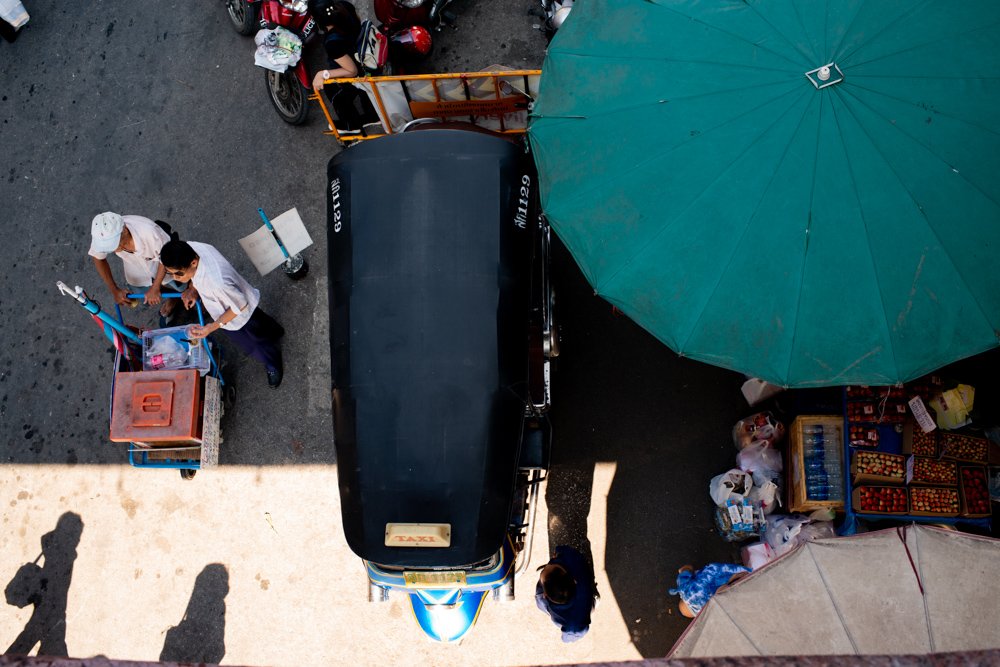
Know Your Craft – Take Great Photos
Good storytelling with photos requires you to keep your standards high. Aim to take a whole series of great photos. This means you’ll need to take a lot. Probably more than you initially think.
Taking interesting photos essential requires only two things. Having an idea of what to photograph and knowing how to use your camera.
Teaching how to have good ideas is pretty abstract. Learning to use a camera well is not. Understanding your camera and good application come from disciplined learning. Building up an interesting series of photos that tell a story it’s necessary to be confident using your camera.
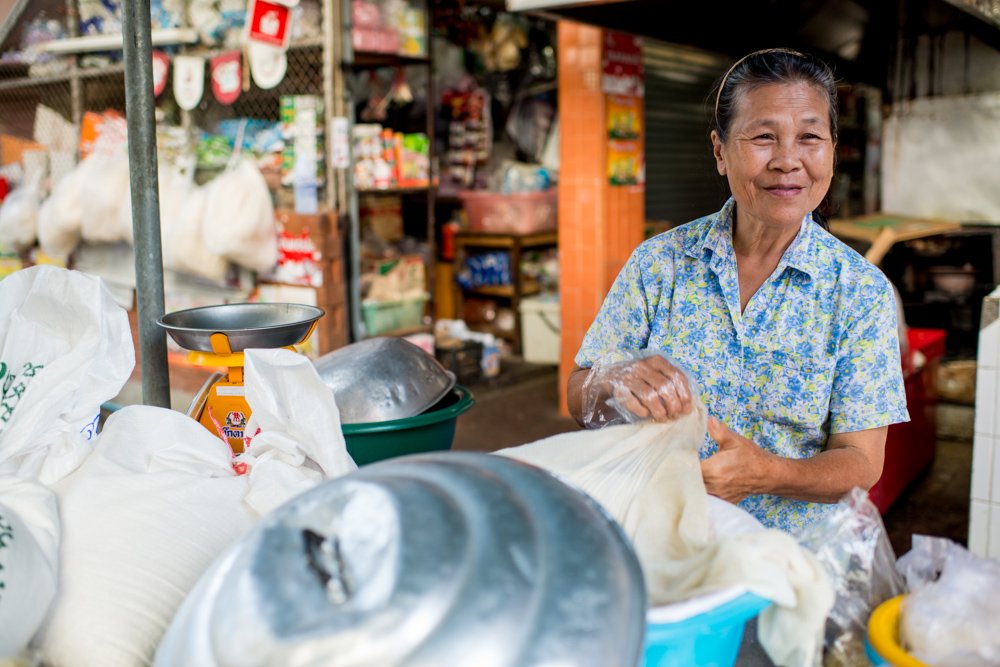
If you’re new to photography, don’t let this stop you. Making a photo story is also a good way to learn how to use your camera well. Embarking on a project that evolves over time you will undoubtedly become a more proficient photographer.
Study Photography and Learn to Tell Stories With Your Photos
Here’s an online course that will help you master your camera and master your creativity.
The more fluidly you can work with your camera, the more attention you are then able to give your subject. Taking time to learn the basics of manual photography will empower you to become the best photographer you can be.
I’ve added another section to this article covering how to choose your best photos, caption and curate them. You can read it here.

What a timely article. A year ago I started to take my photography and love of book making seriously. I’ve had several jobs now focusing on horses and horse lovers. While my clients have been very happy with the books, I am less happy with my knowledge of my Nikkon 7500. You inspire me to get cracking and practice more. My current project is WHAT’S YOUR STORY? I would like to quote you and am asking your permission. It’s a 24 page, magazine/album format with the focus on “how to take better photos of your horses and horse events. I’m about at the 75% mark now, several of the points you make really fit my message. Thank you for this timely and inspiring message. Suzanne Suor
Hi Suzanne, Thanks for your comments. I’m happy to know the article has inspired you. Please feel free to quote me. If you’re able to include a link back to this article with the quote I would appreciate that.
Happy to include a link in the book. I create the books on Blurb and if you like I can send you a link to the finished book. I’d probably need an email address for you to do that. I will also include a link back to this article on my website. whitebarnpress.com
Thanks. I’ll email you.